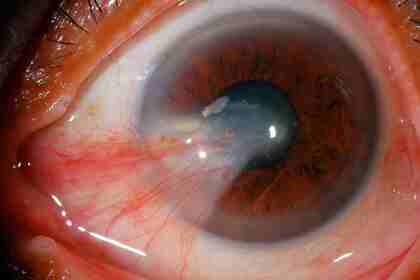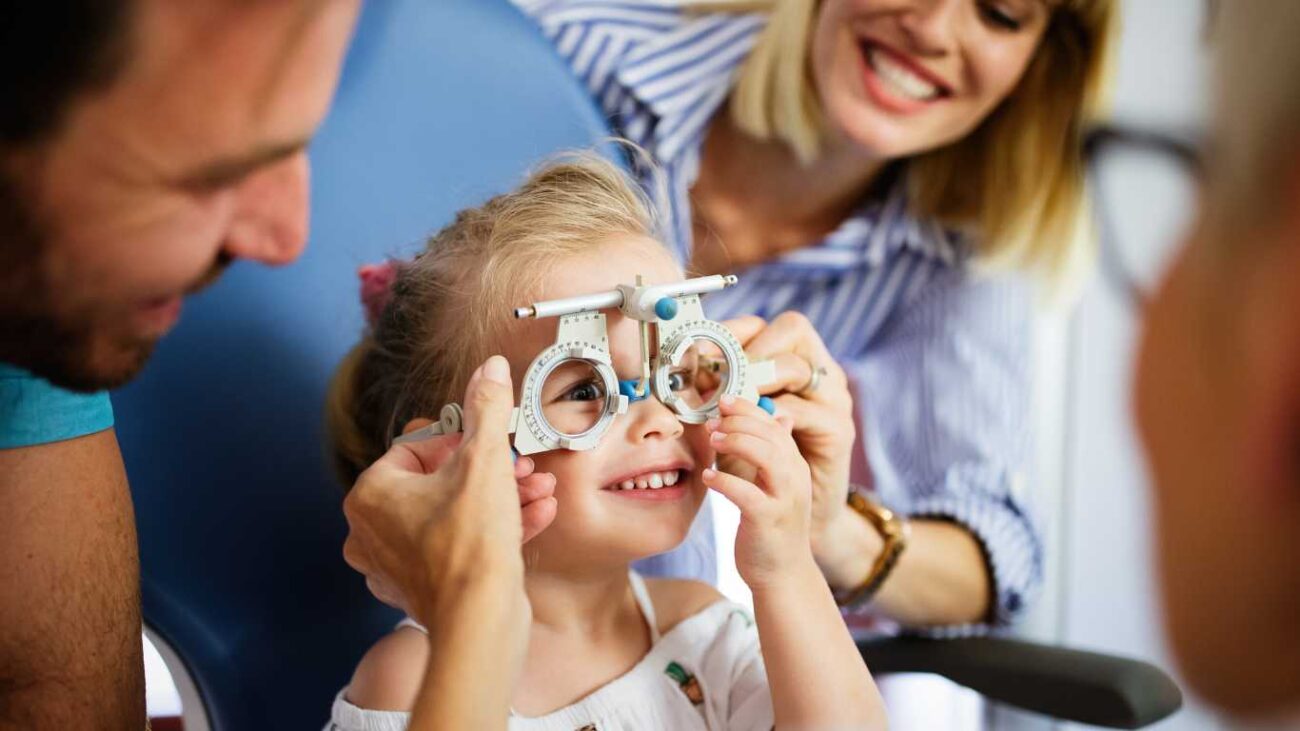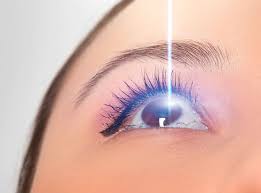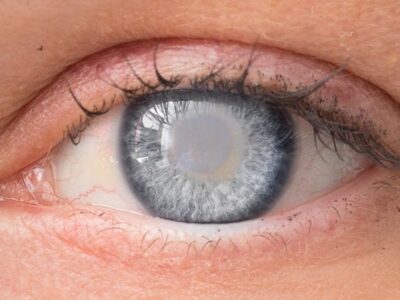Introduction:
When it comes to vision, clarity is of utmost importance. Farsightedness, also known as hyperopia, is a prevalent refractive error that affects how people perceive objects up close. In this article, we’ll delve into the causes, symptoms, and treatment options for farsightedness, shedding light on this eye condition that impacts millions of individuals worldwide.
The Basics of Farsightedness:
What is Farsightedness?
Farsightedness refers to a vision condition in which individuals can see distant objects more distinctly than those nearby. This occurs when the eyeball is slightly shorter than normal, causing light rays to converge behind the retina instead of directly on it.

Understanding Refractive Errors:
Refractive errors constitute common vision problems resulting from the eye’s inability to accurately focus light onto the retina. Farsightedness is one of these errors, alongside nearsightedness (myopia) and astigmatism.
Causes of Farsightedness:
Both genetic and environmental factors contribute to farsightedness. It frequently runs in families, implying a hereditary component. Additionally, certain health conditions such as diabetes can elevate the risk of developing hyperopia.
Symptoms of Farsightedness:

Blurred Vision
Blurred vision when looking at objects up close constitutes a primary symptom of farsight. Individuals with this condition may experience difficulty reading books, using digital devices, or performing tasks that demand close focus.
Eye Strain and Discomfort
Individuals afflicted with farsightedness commonly complain of frequent eye strain, headaches, and discomfort. Straining the eyes to compensate for the refractive error can lead to these uncomfortable sensations.
Difficulty with Near Tasks
Tasks necessitating near vision, such as threading a needle or working on a computer, might become challenging for those affected by farsightedness.
Diagnosing Farsightedness
Both optometrists and ophthalmologists play a vital role in diagnosing farsightedness through essential eye examinations. These highly skilled medical professionals conduct a range of tests to precisely identify the refractive error and accurately assess its severity.
Treatment Options:
Eyeglasses
Prescription eyeglasses are a prevalent and effective solution for correcting farsightedness. By modifying the way light enters the eye, these lenses significantly enhance close-up vision.
Contact Lenses
Contact lenses provide an alternative to eyeglasses for rectifying farsight. They supply clear vision without requiring visible frames.
Refractive Surgery
Refractive surgeries like LASIK can reshape the cornea, enabling light to focus directly on the retina. However, this option is usually considered when other methods are not preferred.
Lifestyle Tips for Managing Farsightedness:
Proper Lighting
Adequate lighting can reduce strain on the eyes when engaging in tasks necessitating near vision.
Taking Breaks
Frequent breaks while engaging in close-up tasks can alleviate eye strain and prevent discomfort.
Regular Eye Check-ups
Routine eye check-ups are vital for consistently monitoring the condition and making essential adjustments to prescriptions.
Author Details:
Dr. Sushruth Appajigowda holds a prominent position as a Cornea, Cataract, Glaucoma, and LASIK Surgeon in Bangalore. He serves as the chief Cataract and Refractive surgeon at Vijaya Nethralaya Eye Hospital, Nagarbhavi Bangalore. Renowned as one of the finest LASIK surgeons nationwide, he brings with him over 12+ years of experience across multiple LASIK platforms, including ZEISS, ALCON, SCHWIND, AMO, and Bausch and Lomb. Having successfully conducted over 5000 LASIK procedures, Dr. Sushruth holds the title of a Certified Refractive Surgeon and a Fellow of the All India Collegium Of Ophthalmology. Furthermore, he stands as a distinguished speaker at various National and International Forums, using his expertise to guide you in selecting the most suitable procedure based on your health requirements.

Conclusion:
Farsightedness, a prevalent vision issue, can impact daily life and tasks requiring close focus. Whether through eyeglasses, contact lenses, or refractive surgery, effective solutions exist to help individuals manage this condition and experience clearer vision.
FAQs About Farsightedness:
- Can farsightedness worsen with age? Indeed, farsightedness can often exacerbate as the eye’s lens loses flexibility with age.
- Is farsightedness preventable? While complete prevention might not always be feasible, regular eye care and early intervention can aid in managing the condition.
- Can children develop farsightedness? Yes, farsightedness can develop in children and is frequently detected during eye exams.
- Are there any risks associated with refractive surgery? Similar to any surgical procedure, refractive surgery carries certain risks that ought to be discussed with a qualified eye doctor.
- Can farsightedness lead to other eye problems? Farsightedness itself does not directly cause other eye problems; however, it can contribute to eye strain and discomfort if left untreated.













